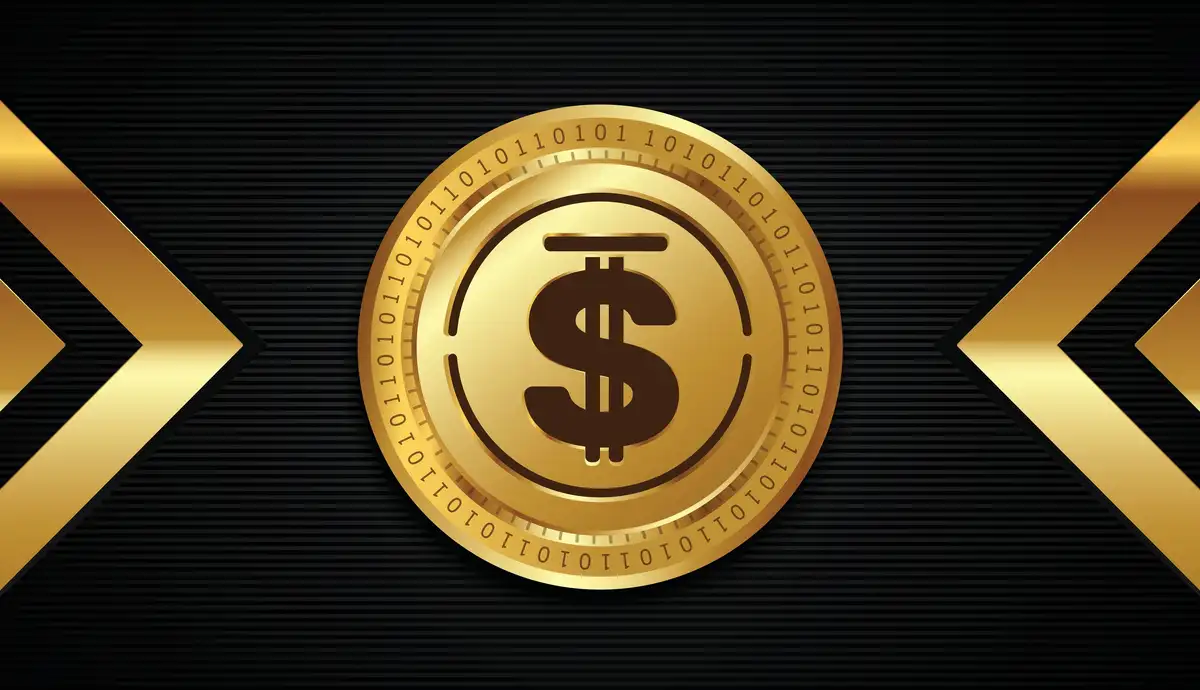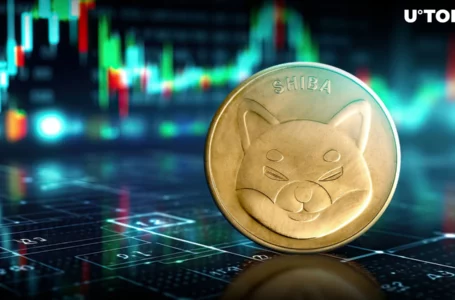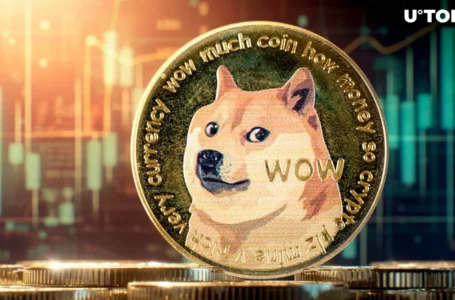
What is Decentralized USD?
Decentralize USD is a digital asset structured to function as a stablecoin. Its goal it to maintain a close peg in value to the US Dollar.
USDD issuance is controlled by TRON DAO Reserve, which states that it ‘guarantees its price stability’.
What is the Purpose of Decentralized USD?
The purpose of any stablecoin is to provide investors/traders/holders with access to a digital asset that emulates the rise and fall of a specific asset. Most commonly, this is the US Dollar, being that it is the worlds reserve currency, and its value viewed as both stable and reliable.
This purpose allows for assets like USDD to provide users with a reprieve from the volatility often associated with digital assets, without ‘cashing out’ and resulting in realized gains.
Beyond providing value stability, assets like USDD also function to transfer value on a global scale at any time – making them quite popular within the remittance industry.
How Does Decentralized USD Work?
Unlike assets such as Tether and USD Coin, Decentralized USD functions primarily as an algorithmic stablecoin backed by a basket of assets. In the case of USDD, this means relying and adapting to constantly chancing metrics involving interest rates and open market operations.
For its reserve assets, USDD the basket of digital assets utilized for collateralization include BTC, USDT, and TRX.
Where Decentralized USD looks to set itself apart, it through its leveraging of over-collateralization. It notes that while rivals like USDT and USDC aim 100% collateralization of reserve assets, USDD has a minimum threshold set at 120% – however, Decentralized USD currently indicates that its collateralization ratio sits at 170%.
Peg Stability Module
A unique feature of Decentralized USD is its use of what the TRON Reserve DAO calls a ‘Peg Stability Module’ or ‘PSM’. This service allows for the conversion of USDD and similar stablecoins on a 1:1 basis.
TRON DAO notes that its PSM, “…helps keep the USDD peg close to $1 U.S. dollar during times when USDD demand outstrips USDD supply”.
Furthermore, TRON DAO boasts that PSM does not suffer from slippage, and has zero fees.
Token -USDD
Decentralized USD is represented by the token USDD. These are typically issued in adherence to the TRC-20 token standard, with reserve audits provided by custodian TRON DAO Reserve.
Notably, issuance of USDD takes place on a variety of blockchains. These include,
- TRON
- BNB Chain
- Ethereum
History
Decentralized USD (USDD) was first launched in mid-2022 by the TRON DAO Reserve. While Decentralized USD (USDD) is a relative newcomer among circulating stablecoins, it is quickly gaining in popularity.
Notably, it has also benefited from modest levels of adoption, with one example being the Commonwealth of Dominica, which has opted to deem USDD a national digital currency.
Regulatory Status
As it stands, regulation in the United States surrounding stablecoins is somewhat opaque. Some regulators have hinted that these assets being securities, while others have taken a different stance.
Like any digital asset, traders should verify the status of such assets within their respective jurisdictions.
Bottom Line
Through use of over-collateralization, USDD looks to provide users with access to a reliable and transparent stablecoin offering. While it has yet to reach the levels of adoption experienced by rivals such as Tether and USD Coin, it is quickly gaining in popularity.


















